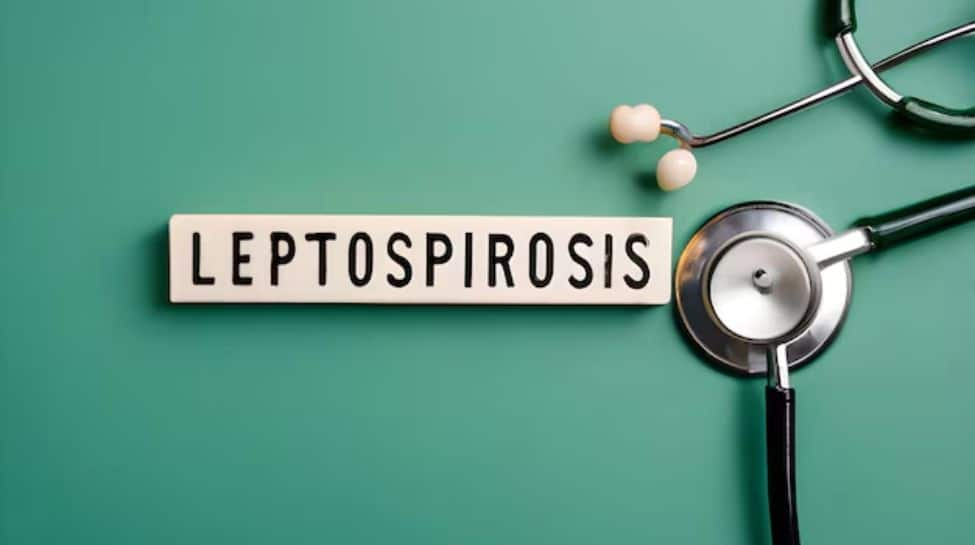Common animals that transmit Leptospirosis include farm animals such as cattle, pigs, and horses but can range from wild animals such as raccoons and porcupines to domesticated dogs. This activity describes the evaluation and management of leptospirosis and reviews the role of the interprofessional team in managing patients with this condition.
According to report, Leptospirosis is a severe bacterial infection caused by bacteria of the genus Leptospira. It is a zoonotic disease, meaning it can be transmitted from animals to humans. The infection is particularly associated with rodents, especially rats, though many other animals, including dogs, livestock, and wildlife, can also carry the bacteria. In many cases, leptospirosis is mild, but if left untreated, it can progress into life-threatening conditions like kidney damage, liver failure, meningitis, respiratory distress, and even death.
How Is Leptospirosis Transmitted?
The bacteria that cause leptospirosis are often spread through the urine of infected animals. When rats or other animals urinate in water or soil, the bacteria can survive for weeks or even months in these environments. Humans become infected when they come into contact with contaminated water, soil, or food. Common modes of transmission include:
Contact with Contaminated Water: People who swim, wade, or work in contaminated water bodies like rivers, lakes, or puddles are at risk of infection, especially if they have open cuts or wounds.
Direct Contact with Animal Urine: Handling animals, especially in professions like farming, veterinary care, or pest control, can lead to direct exposure to infected urine.
Ingestion of Contaminated Food or Water: Consuming food or water contaminated with Leptospira bacteria is another common method of transmission.
Leptospirosis is more common in tropical and subtropical regions due to frequent rainfall and flooding, which can spread contaminated water. However, it can occur anywhere globally where humans are in close contact with infected animals.
Symptoms of Leptospirosis
The symptoms of leptospirosis can vary widely and often resemble other illnesses, making it challenging to diagnose. Symptoms typically appear 2 to 14 days after exposure and may include:
- High fever
- Severe headache
- Muscle pain
- Chills
- Vomiting
- Jaundice (yellowing of the skin and eyes)
- Red eyes
- Abdominal pain
- Diarrhea
- Rash
Diagnosing leptospirosis typically involves laboratory testing, as symptoms can overlap with other diseases. Blood and urine tests can confirm the presence of Leptospira bacteria. Early diagnosis is crucial because prompt treatment can prevent serious complications.
Leptospirosis is treated with antibiotics such as doxycycline or penicillin. Treatment is most effective when administered early in the infection, ideally before the onset of severe symptoms. For more severe cases, hospitalization may be required, and treatment may involve intravenous antibiotics and supportive care for organ failure.
Leptospirosis, while preventable, remains a serious health risk, especially in areas with poor sanitation or high exposure to animals and contaminated environments. Awareness, early diagnosis, and appropriate treatment can significantly reduce the risk of severe complications. By practicing good hygiene, wearing protective clothing, and avoiding risky environments, individuals can help protect themselves from this potentially deadly bacterial infection.
(This article is meant for informational purposes only and must not be considered a substitute for advice provided by qualified medical professionals.)


